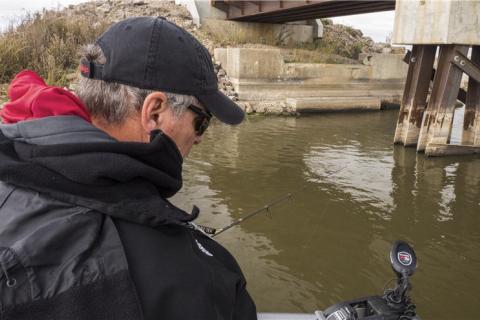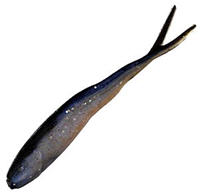
With fall upon us, rivers are typically at lower water levels and the walleyes are migrating into them. These fish are on the move and looking to feed. During this time, you'll find great places for jigging walleys like the smaller “spot-on-a-spot” areas such as holes and the washouts of wing dams.
 |
| Bass Pro Shops XPS Walleye Jigs |
Use a Spinning Rod
I prefer a six-foot spinning rod, with a medium or medium light action for this technique. The Walleye Angler Signature series spinning rod model #WL60ML-JS is a favorite, as it has a good backbone for hook-ups. It also has a soft tip that acts as a shock absorber when you are setting the hook and fighting the fish.
The Jigging
Since there most likely won’t be a lot of current in the river, a 1/8 oz. to 3/8 oz. jig is the best option. You will want to jig more aggressively than you would in the spring, leaving the jig sitting on the bottom between cadences. The Bass Pro Shops XPS Walleye Angler Jig, which is a semi-stand-up style of jig, positions the bait angling it slightly off bottom, making it hard for walleye to resist and easy to gobble up.
 |
| Berkley GULP! Minnow |
The Bait
Because the walleye have the feedbag on this time of year, large minnows or large artificial bait, like the four-inch Berkley GULP! Minnow or four-inch Berkley PowerBait Ripple Shad grab the attention of the hungry fish and trigger bites. Be sure that the shad body is on the jig straight. To do this, stick the hook through the nose of the shad, and have it exit through the back on the seam. Using a no stretch line like Berkley Fireline or NanoFil will help you feel the vibration of the paddle tail on the shad.
Editor’s Note: If you have questions or comments on this or other articles of mine you may have read, contact me through the website The NextBite.
- 3416 views

